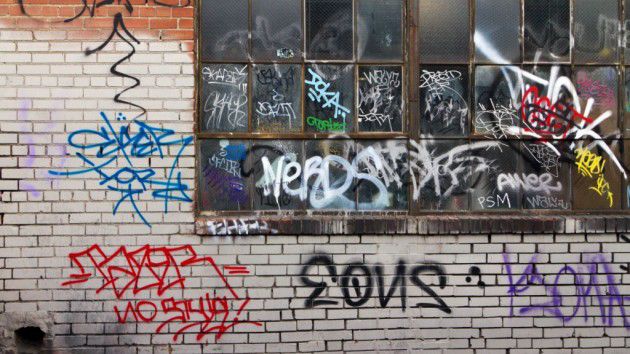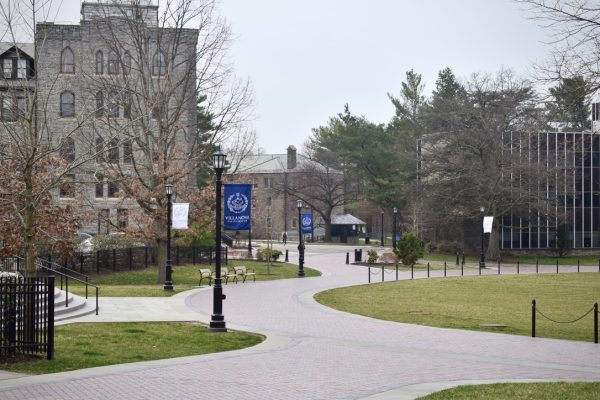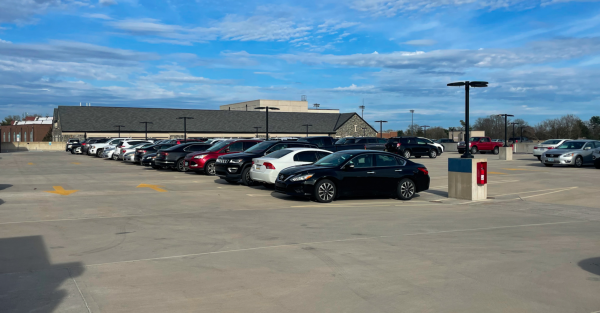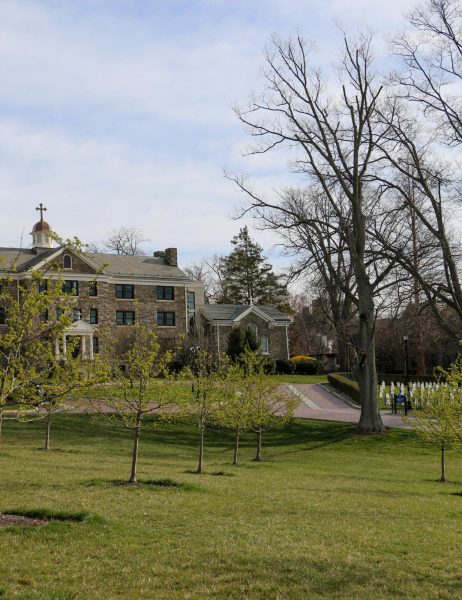A new view on vandalism
October 18, 2016
 From an early age, we learn that we belong to a community–usually our neighborhood or town–and that we must take care of it. That kind of thinking stays with us, evolving into the appreciation of not only where we live but the people who we share it with. A few weeks ago, I had a wonderful experience during the University’s Day of Service, and the importance of contributing to the Philadelphia-area communities through service caused me to consider the many problems that need attention. One of those problems consistently popped into my head—vandalism. It is such a broad topic, seen by most as just another constant crime like burglary or assault. Why should we, especially as college students, care about vandalism?
From an early age, we learn that we belong to a community–usually our neighborhood or town–and that we must take care of it. That kind of thinking stays with us, evolving into the appreciation of not only where we live but the people who we share it with. A few weeks ago, I had a wonderful experience during the University’s Day of Service, and the importance of contributing to the Philadelphia-area communities through service caused me to consider the many problems that need attention. One of those problems consistently popped into my head—vandalism. It is such a broad topic, seen by most as just another constant crime like burglary or assault. Why should we, especially as college students, care about vandalism?
A news report recently came to my attention. A cellphone video surfaced showing vandals knocking over a popular sandstone rock formation on an Oregon beach. Dubbed the “Duckbill,” this formation was instantly destroyed after having existed for 30 million years. The ancient rock’s ending is tragic, but it was just a very old rock. Did it really carry that much importance, even if it was popular? This act of vandalism is just one of many. Most people can think of at least one example of vandalism that occurred in their own neighborhood. We shake our heads, commiserate with the victim and continue with our day.
But the question still remains: why should we care? Vandalism is an issue that touches various communities across the country, but if we do not see it directly in our own daily life, then it remains another broad, general dilemma hovering above our heads. But what if it did become personal. Imagine the Oreo—the heart of campus life and a symbol of unity—vandalized one night. There would be a giant wave of confusion, disbelief and anger from students, faculty, staff and others who care deeply about the University. People would unite in their sorrow–the community would come together and attempt to fix the damage that had been done. Vandalism then becomes a problem for us because it happened to us. The sense of togetherness that would rise from the destruction of the Oreo would be a positive consequence. However, the reaction to the act itself reveals an evident truth. We usually care about something when it causes conflict in our own lives. We tend to only sympathize when that issue affects someone else. Vandalism is one of those crimes that is not taken as seriously as it should be. It scars not only the physical object but also the meaning behind it.
There are solutions to the problem of vandalism. The best way to prevent it is to never partake in the act of vandalizing at all. Vandalism is not always a giant gesture; it can come in smaller forms, like writing things on walls or defacing a small mural or bench. Some would call those acts artistic freedom, but disrespecting someone else’s hard work just for one’s own amusement is not art–it’s vandalism. We should see the world as a shared space. We live in this communal space, so we should respect it. It’s not our responsibility to tackle or get involved in every example of vandalism. But we can volunteer to work in different programs and organizations whose mission is to clean up neighborhoods around campus. We can choose to never vandalize property that is not our own. Any act, no matter how small, makes a difference. We should strive to be a part of the solution, not the problem.






